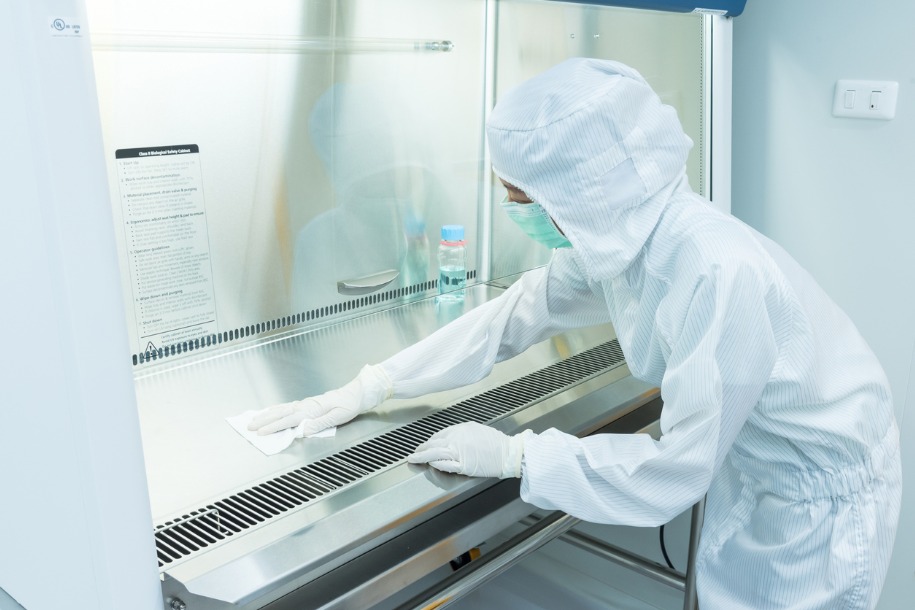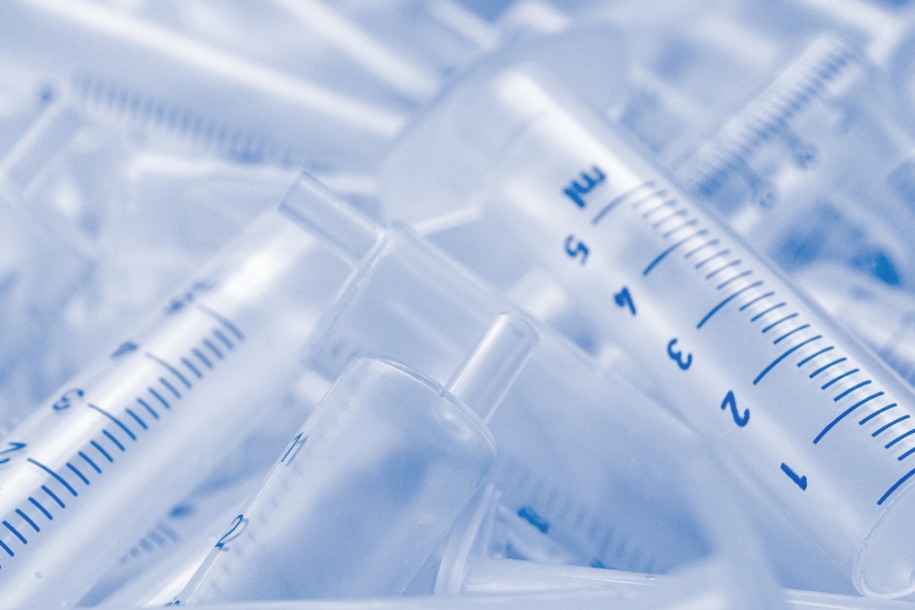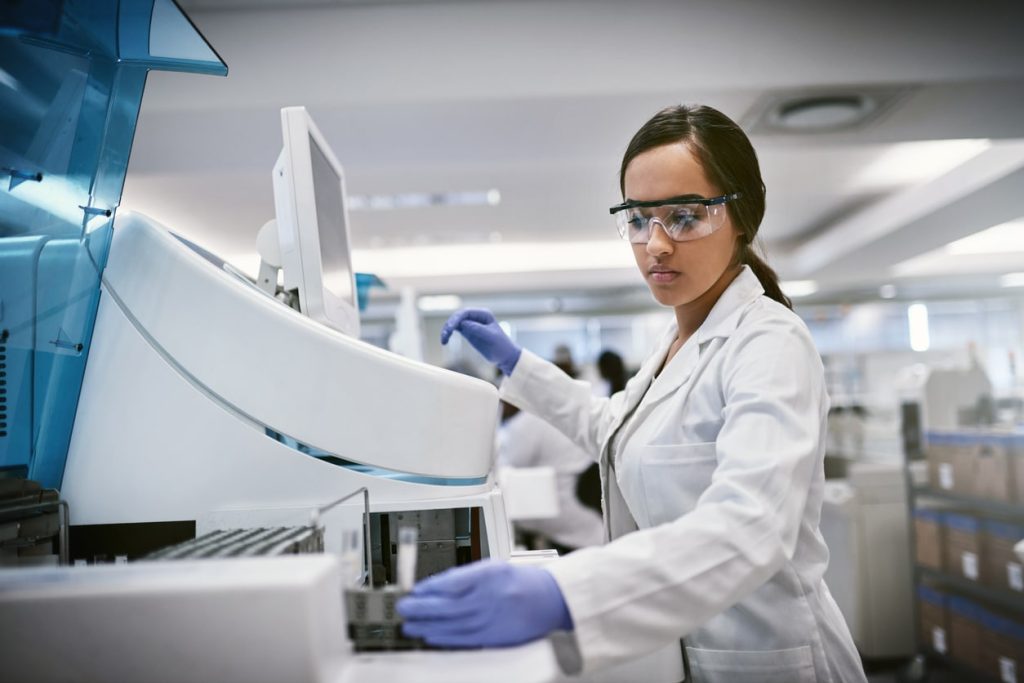There are several reasons why it can be challenging to maintain eco-friendly working practices in a laboratory environment. The nature of the work requires energy-intensive equipment which often can’t be turned off; the recycling of single-use plastics is made difficult by the presence of hazardous chemicals; and the power output of lab appliances often can’t be dialled down to save energy, resulting in significant wastage.
That said, there are ways to bolster the eco-friendly credentials of a laboratory, making it a more sustainable and responsible place to work. Such changes are often simple to implement, so it’s well worth doing the legwork if you’re keen to develop an eco-friendly culture in your lab.
Here, we provide practical tips on how to make your laboratory a little friendlier to the environment.
Adjust equipment settings where appropriate
Lots of equipment can be adjusted to save energy and reduce power output, but many lab professionals are guilty of failing to ensure that they’re switched to the correct power setting. Reducing the output of freezers, PCR machines and other equipment can save masses of energy while helping your lab to run more efficiently.
Liaising closely with lab staff, perform an assessment of current equipment power ratings and consider reducing them where appropriate. Provided this doesn’t interfere with day-to-day research and operation, it’s an excellent way to save energy.
Switch off equipment, appliances and lights when not in use
An obvious but important point: lab equipment, appliances and lighting should be switched off when not in use. We understand that this isn’t possible for many lab applications, but where you can, it certainly makes sense to switch off appliances and lighting to save energy and prolong the lifespan of your equipment.
In some labs where there is a great deal of footfall from various researchers, it may be worth affixing signs to certain machinery, reminding people to turn them off when not in use. Such signs can be placed near light switches too, as a friendly reminder to save power.

Order supplies from sustainable vendors
One of the simplest ways to bolster your lab’s green credentials is ordering supplies from reputable vendors who are accredited for their sustainable working practices. By ordering from businesses who are committed to reducing their own carbon footprint, you have the peace of mind that your operation is sustainable across the board.
Of course, there can be some trade-offs to partnering with sustainable suppliers, the most significant of which being price. But don’t let that put you off, because the benefits far outweigh any difference in upfront cost – from making your business more eco-friendly, to boosting your green credentials to investors and partners.
Use glassware instead of plastic
In recent decades, plastic has become a mainstay of the modern laboratory, replacing traditional glass equipment for its affordability and durability. However, given what we now know about the harmful effects of plastic on the natural world, many labs are switching back to traditional glass when it comes to tools and equipment – even if slightly more expensive and easier to break.
Glass is more expensive than plastic, but the quality makes this trade-off worth it. Even high-quality plastic materials deteriorate faster than glass, so provided you take care of it, glass is a good way to go for labs looking to curb their use of plastics.
Recycle disposable plastics where possible
On a similar note, disposable plastics are a growing problem in every industry, so anything you can do to reduce their use in your lab, or at least recycle them responsibly, is a great help to the natural world. Most plastics can now be recycled, even if that means liaising with a specialist waste collector to recycle single-use plastic items on your behalf.
Of course, recycling single-use plastics can be easier said than done in a lab environment. Bottles and containers which have been filled with dangerous chemicals, for example, can’t be added to a standard recycling bin. You’ll need to talk to a specialist about getting such waste recycled safely.

Keep fume hoods closed
One of the most energy-intensive pieces of equipment in any laboratory is the fume hood – especially if it’s regularly left open. When a fume hood is left ajar, its essentially wasting a load of energy, pulling air into the hood while also attempting to recondition it. Simply put, it’s one of the biggest inefficiencies of any lab.
As with leaving signs reminding personnel to switch equipment off, so too should you remind them to keep the fume hood closed. It could pay to invest in a system whereby when the hood is open, the machine switches off automatically, restarting only when its resealed.
Fix faults to reduce inefficiencies
Have you been putting off dealing with a fault in your laboratory? From leaky seals to dripping taps, small faults can lead to bigger problems, and also put a significant drain on your lab’s energy and services usage. Often quick and easy to fix, such faults are easy to ignore, but are well worth staying on top of if you want to develop an eco-friendly lab culture.
One of the best ways to maintain and manage lab equipment is to perform regular auditing and maintenance. That way, no matter how big your laboratory, you can stay on top of faults and ensure they’re fixed as quickly as possible.
InterFocus can help you create a safe, sustainable working environment. For more information about our bespoke fitted labs, visit our homepage or call our team on 01223 894 833.




